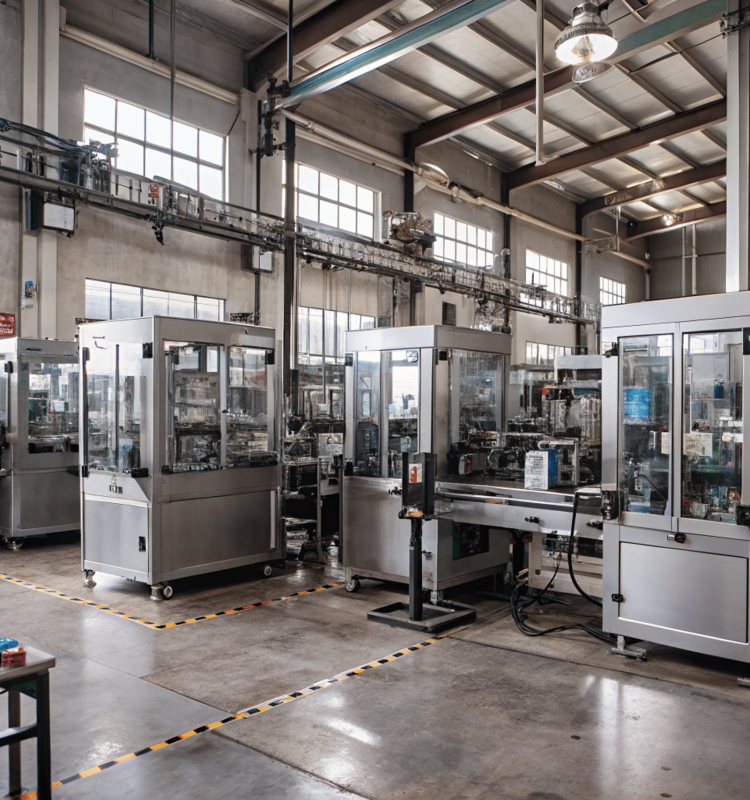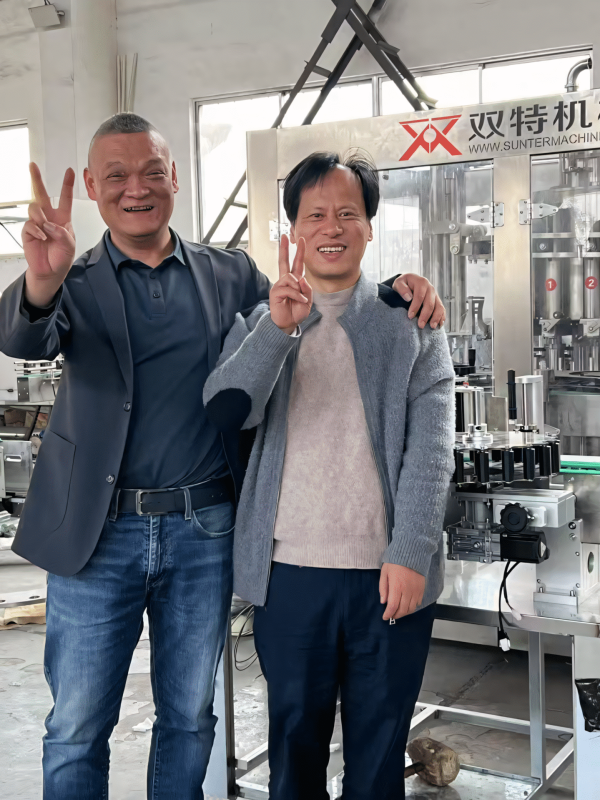Your sauce with large particles keeps clogging the machine, crushing ingredients, and causing waste. This slows down production and hurts your bottom line, leaving you incredibly frustrated.
The solution is a combination of a vibration feeding system and an optimized valve. This ensures particles are evenly distributed and pass through smoothly, preventing clogs and preserving ingredient quality.
I've seen this problem countless times in my 20 years in this industry. A while ago, a client came to me with a new beef sauce that was selling like crazy. The problem was, he couldn't produce it fast enough. His sauce was full of large chunks of beef and fermented black beans, and his existing filling machine was a disaster.
It kept clogging, crushing the expensive beef, and wasting product. He told me he couldn't control the accuracy—some jars had all the meat, others were just sauce. I suggested he try a "vibration feeding + valve optimization" solution. After we installed the new line, he told me he wished he'd known about it sooner because it solved all his problems. If you're facing a similar challenge, let me break down how this solution works.
How does a vibration vibration[^1] feeding system? improve the filling speed and reduce waste?
Your production line is slow, and you're throwing away perfectly good sauce due to clogs and inaccurate fills. This inefficiency is costing you time and money every single day.
A vibration feeding system keeps beans and granules loose and evenly mixed in the hopper.This prevents clumping and clogging, ensuring a continuous, stable flow of material for faster, more accurate filling.
The magic of a vibratory feeding system lies in its ability to keep everything moving. In a standard hopper, heavy particles like beans or beef chunks tend to settle at the bottom and clump together, creating a bottleneck. The vibratory system uses controlled, high-frequency vibrations to agitate the sauce gently. This action keeps the solid ingredients suspended and evenly distributed throughout the sauce.
It's like constantly stirring the pot, but much more precise. This ensures that a consistent mix of sauce and particles reaches the valve, which prevents blockages that slow down or stop the line. By maintaining this steady flow, the filling cycle becomes much faster and more predictable. Furthermore, this precision eliminates over- and under-filling, which directly reduces product waste and ensures every jar meets your quality standards.
| Feature | Without Vibration System | With Vibration System |
|---|---|---|
| Material Flow | Inconsistent, prone to clogging | Continuous and stable |
| Filling Speed | Slow and unpredictable | Fast and consistent |
| Product Waste | High due to overfills/clogs | Significantly reduced |
| Solid-to-Liquid Ratio | Inconsistent from jar to jar | Highly consistent and accurate |
Will this "vibration + valve" method handle my thick sauce[^2]? with large chunks?
You're worried this solution sounds good for some sauces, but yours is extra thick and has very large particles. You can't afford to invest in a system that won't work.
Yes, this solution is highly effective for thick, chunky sauces. Vibration keeps particles suspended even in high-viscosity products, while a properly selected large-bore valve ensures they pass through without being crushed.

This is a common concern, but the "vibration + valve" combination is specifically designed for these tough jobs. For high-viscosity sauces, the vibration is even more critical. Thick sauces can't flow easily, which makes it easier for particles to settle and create a solid blockage. The vibratory feeder provides the necessary energy to keep the chunks suspended and moving toward the valve. However, vibration alone isn't enough. The valve is the gatekeeper, and it has to be the right one.
For these applications, you can't use a standard valve. You need a design with a large, unobstructed path, like a rotary valve or a full-port ball valve. These valves are built to handle slurries and solids without crushing them. By combining the fluidizing effect of the vibratory feeder with a valve that can handle the chunky payload, you create a system that can reliably fill even the most challenging high-viscosity sauces.
Are there specific valve designs best suited for handling beans and granules in sauces?
You know the valve is crucial, but with so many options, you don't know which one to choose. The wrong choice could crush your ingredients or clog the machine all over again.
Yes, specific valve designs are much better for particulate-heavy sauces. Rotary valves and plunger/piston valves are excellent choices because they can handle large solids gently and accurately, preventing damage and blockages.
Choosing the right valve is not a one-size-fits-all decision; it depends on your specific product. The goal is to move the sauce and its solids from the hopper to the container with minimal damage and maximum accuracy. For sauces with large, delicate particles like whole beans or diced meat, you need a valve that won't shear or crush them. Piston valves are excellent because they gently push the product into the container, preserving its integrity while providing very accurate volumes.
Rotary valves are another fantastic option, especially for very high-viscosity sauces with a lot of solids. They create a large, clear opening for the product to pass through, minimizing the risk of jams. While simpler valves like ball or butterfly valves exist, they can sometimes damage particles as they close. It's about matching the valve's mechanism to the characteristics of your sauce.
| Valve Type | Particle Handling | Best For | Key Advantage |
|---|---|---|---|
| Rotary/Rotor Valve | Excellent for large, tough particles | Very thick sauces, high solids content | Large, non-obstructive flow path |
| Plunger/Piston Valve | Very gentle, preserves particle integrity | Delicate solids, high-value ingredients | High accuracy and low shear stress |
| Ball Valve | Good for smaller, hardier particles | Sauces with good flowability | Simple design, easy to clean |
| Butterfly Valve | Fair, can damage soft particles | High volume, lower viscosity applications | Low cost and simple operation |
Conclusion
Stop struggling with clogged lines and wasted product. The "vibration + valve" solution effectively handles sauces with beans and granules, improving speed, accuracy, and protecting your ingredient quality.
[^1]: Explore and learn more about vibration.
[^2]: Discover more about thick sauce filling machine.


